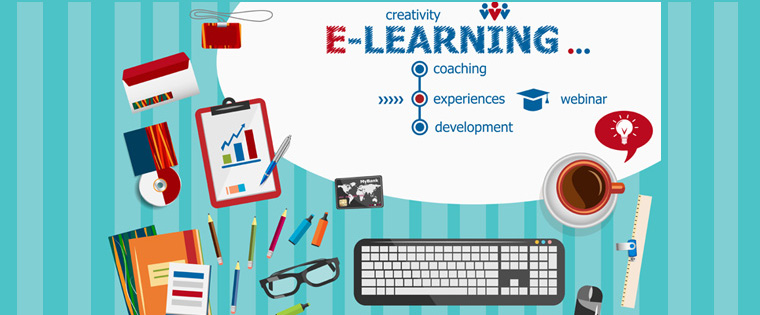Traditional Learning vs E-learning: What Are Their Differences
Technologies have made significant changes in almost all the sphere of life including the education. Now you are not relying only on the traditional methods of learning. You have many new things to explore. You can get your desired certificates at the comfort of your home with the internet connection. Moreover, the e-learning is not restricted to certain categories. It offers wide options and covers all the educational fields. You can use your free time to learn any of your preferred courses.
With the rise of e-learning educational institutions, a debate has started on the differences between traditional learning and e-learning educational procedures. When some find the traditional classrooms learning more effective and helpful, others think e-learning is less time-consuming and flexible.
Do you want to know more about the traditional learning and e-learning? Are you interested in knowing the difference between traditional learning and e-learning? If yes, you can go through the following article. This article will focus on the difference between traditional learning and e-learning and will help you to choose the right for your future education.

Traditional Learning vs E-learning:What Are Their Differences?
When you try to compare between the online and traditional classroom teaching, the first thing that comes into your mind is the computer and the classroom. If you are a tech-savvy, you might have realized that you will have a lot of software and online collaboration tools like ezTalks Cloud Meeting to make the online learning easy and to reach your tutors and friends in an instant. This software is designed to help the aspirants to use different tools to make learning more effective, proven, and less time-consuming.
When it comes to the difference, you will find many. As mentioned earlier, the major difference will be the classroom. In the online learning, you will miss the charm of the classroom teaching. There are some other differences that can truly affect the learning ability of the student. It can be the learning styles, classroom setting, and use of the technologies.
Learning Style:
The learning style will be different for the different types of the learning mediums. The e-learning tends to be more independent. It will suit more to the virtual learners. Students need to take active interest to go through the details and to learn new things. It will be like self-directed methods in achieving the educational goals. You will have to plan your study instead of depending on the tutors. But with the traditional training, it will be different. You will have your teachers to guide you and to help you to plan your future studies. Peer's help will be additional. Moreover, peer pressure can motivate you to achieve the difficult goals.
People also believe that e-learning is easier. But in reality, e-learning demands equal effort and determination to get the desired success. In the current conditions, many e-learning courses are available with active learning environment including pee-peer communication and the student and tutor interaction. So, in this stage, an A-level maths tutor should not only focus on delivering content but also prioritize creating interactive learning experiences that facilitate peer-to-peer communication and foster meaningful interactions.
Classroom vs. Virtual:
Traditional learning mostly focuses on the classroom education. It is restricted to a certain time limit and to a location. You need to attend the classes, to join the group discussions, and to attend all the group activities designed to promote your education. It will be teacher-driven and your learning activities will be supervised by your teachers.
With e-learning will not have to go through this phase. It will much more flexible. You will have the flexibility to choose any of your convenient time for the learning. The e-learning is more user-friendly. It is designed to offer the maximum flexibility to the users. But that does not mean that the quality of the education will be compromised. You can get the best education in any of your convenient time at the comfort of your home.
Technical Involvements:
If you are interested in the online courses, then you might need to develop some basic knowledge about the technologies. Without any technical knowledge, you might not be able to pursue an online education. You need to understand search engines, software, message, email, web page, webinars, chat rooms, video collaboration tools, and social media to be familiar with online and e-learning. All these things will be important as you will get your education through online.
With the traditional learning, you will also need some technical skills for the documentation and for collecting data from the internet. You will also have to understand the technologies and software to make your learning easy and more effective. In both the traditional and e-learning, the technical skill will be required. But the involvement will be more with e-learning.
Cost:
Cost is the key factor. It also makes the significant difference between traditional learning and e-learning. Traditional learning is more expensive that the e-learning. You will have to pay for everything. It is not about the advanced education only. You will have to pay a huge amount even for the basic education. For the e-learning, you will not have to pay beyond your ability. It is affordable. In fact, you can get the best e-learning education without hurting your budget.
These are a few positive and negative sides of the traditional learning and e-learning. Before choosing any of these mediums, first, you will have to understand your requirements and abilities. If you are prepared to spend more and want to join a typical college to have unique experience and disciplined life then you can consider traditional learning. With a restricted budget and the desire of learning in your flexible time, you should go with the e-learning. You just need to choose the right course and a genuine site to grab the better job opportunities.